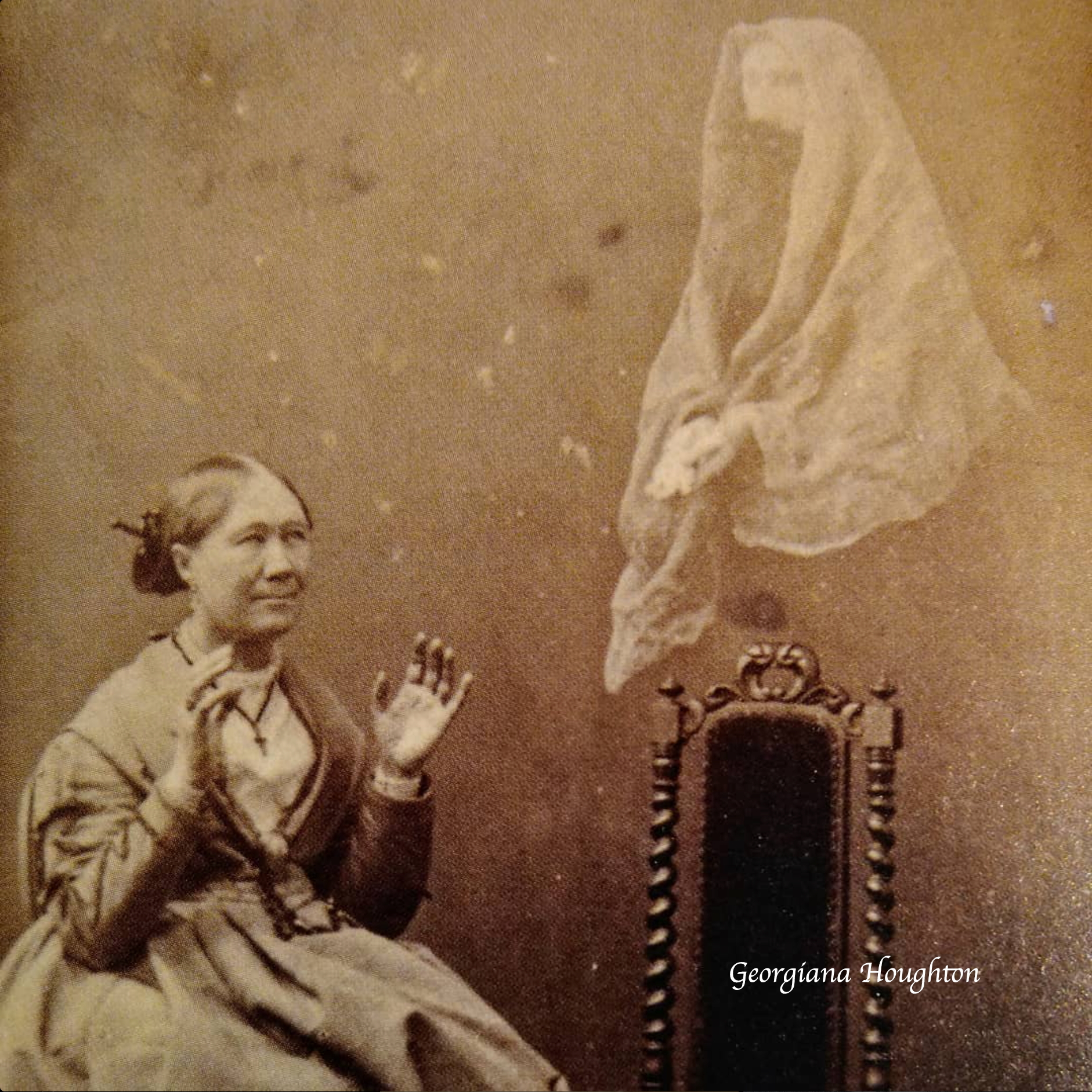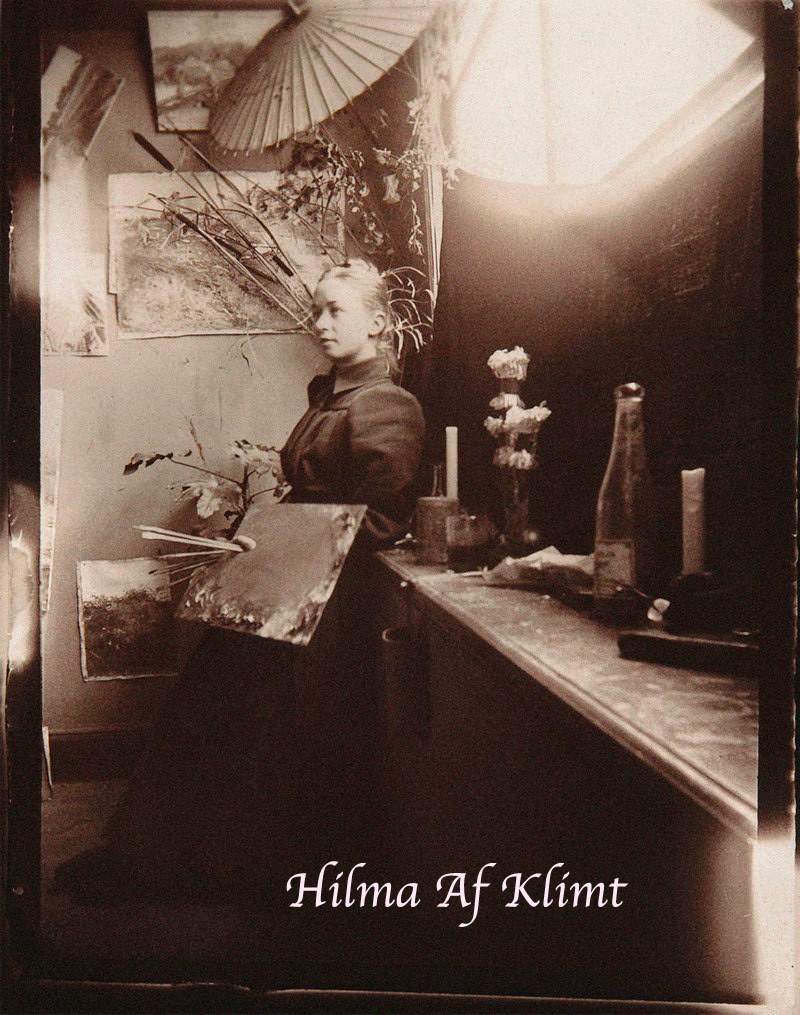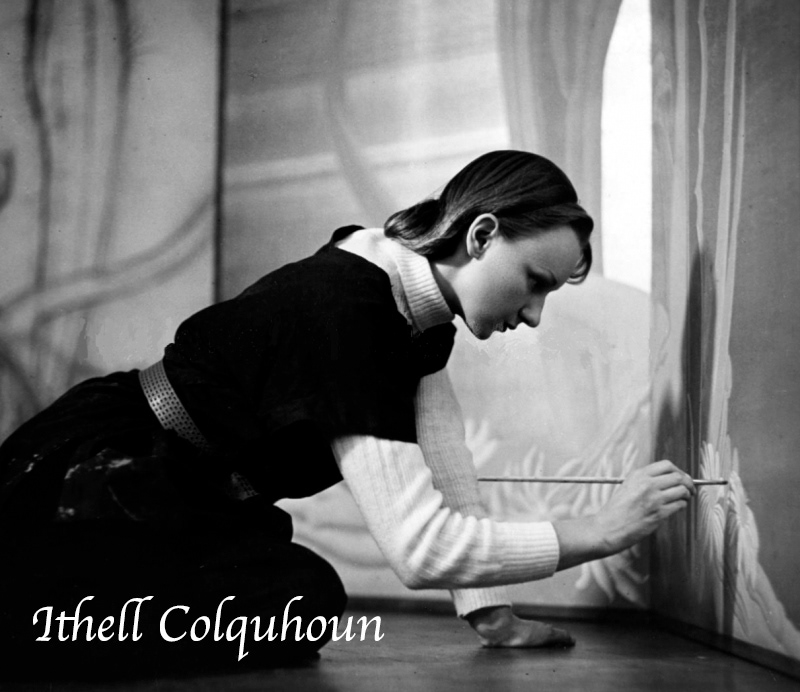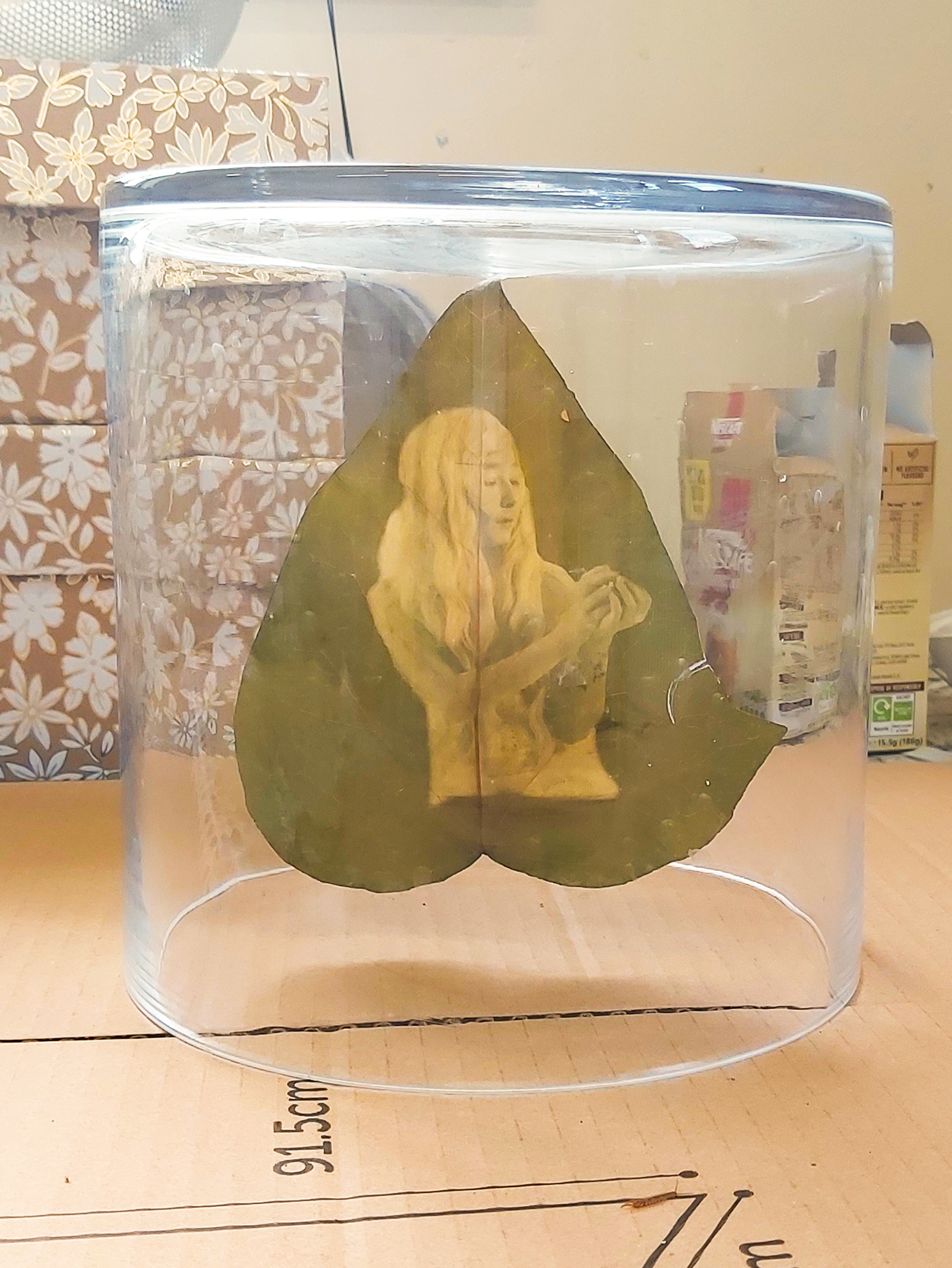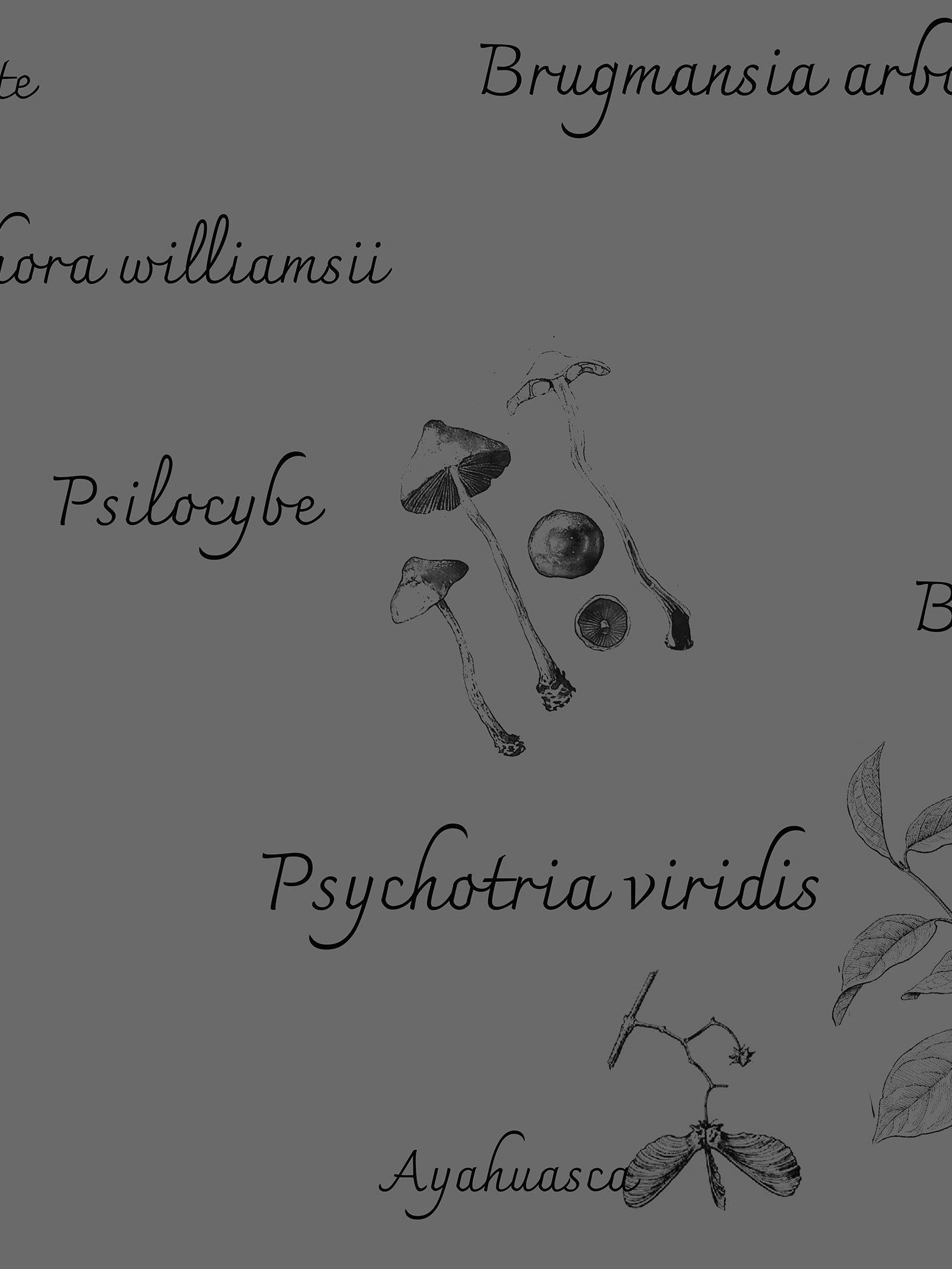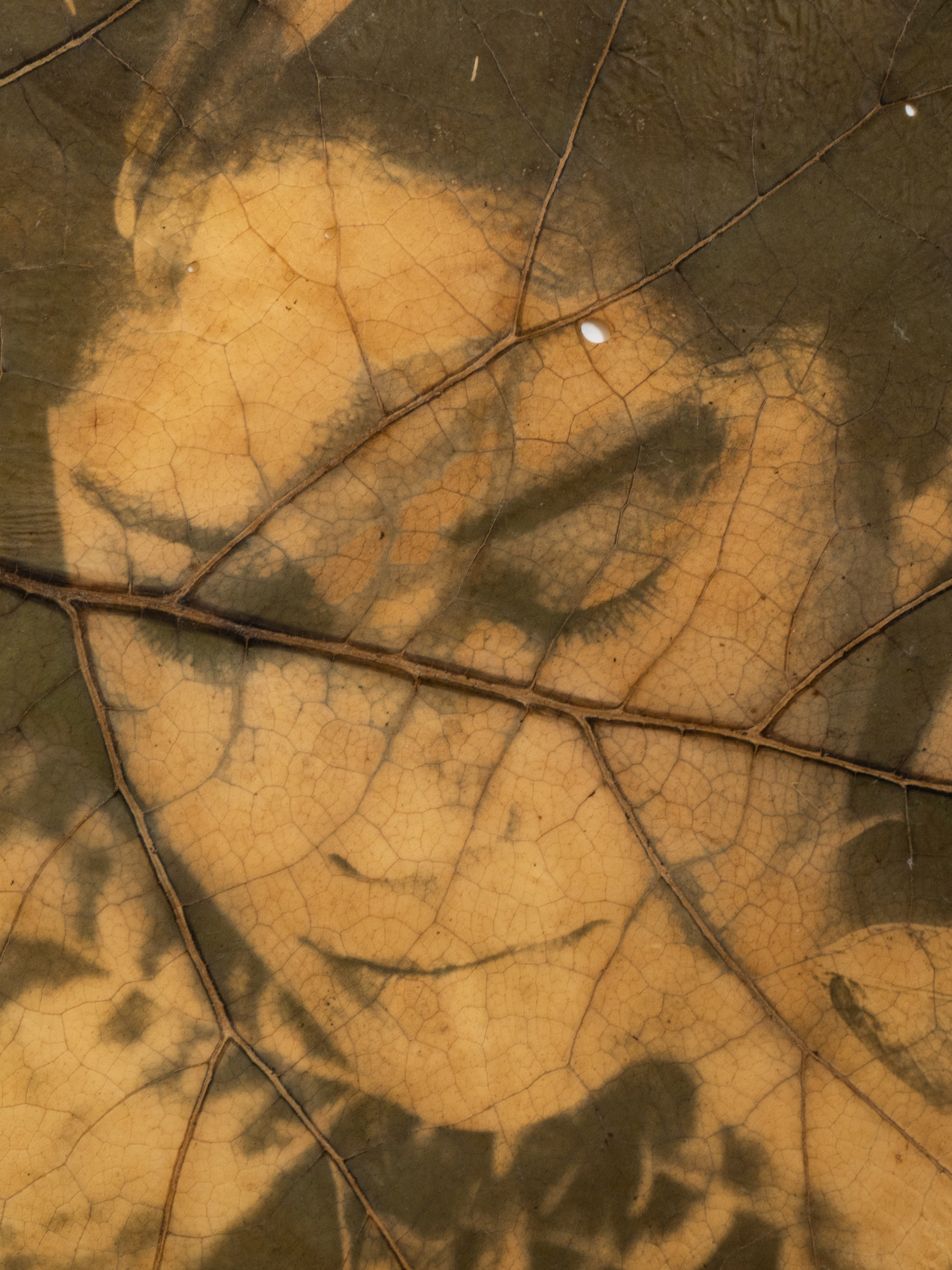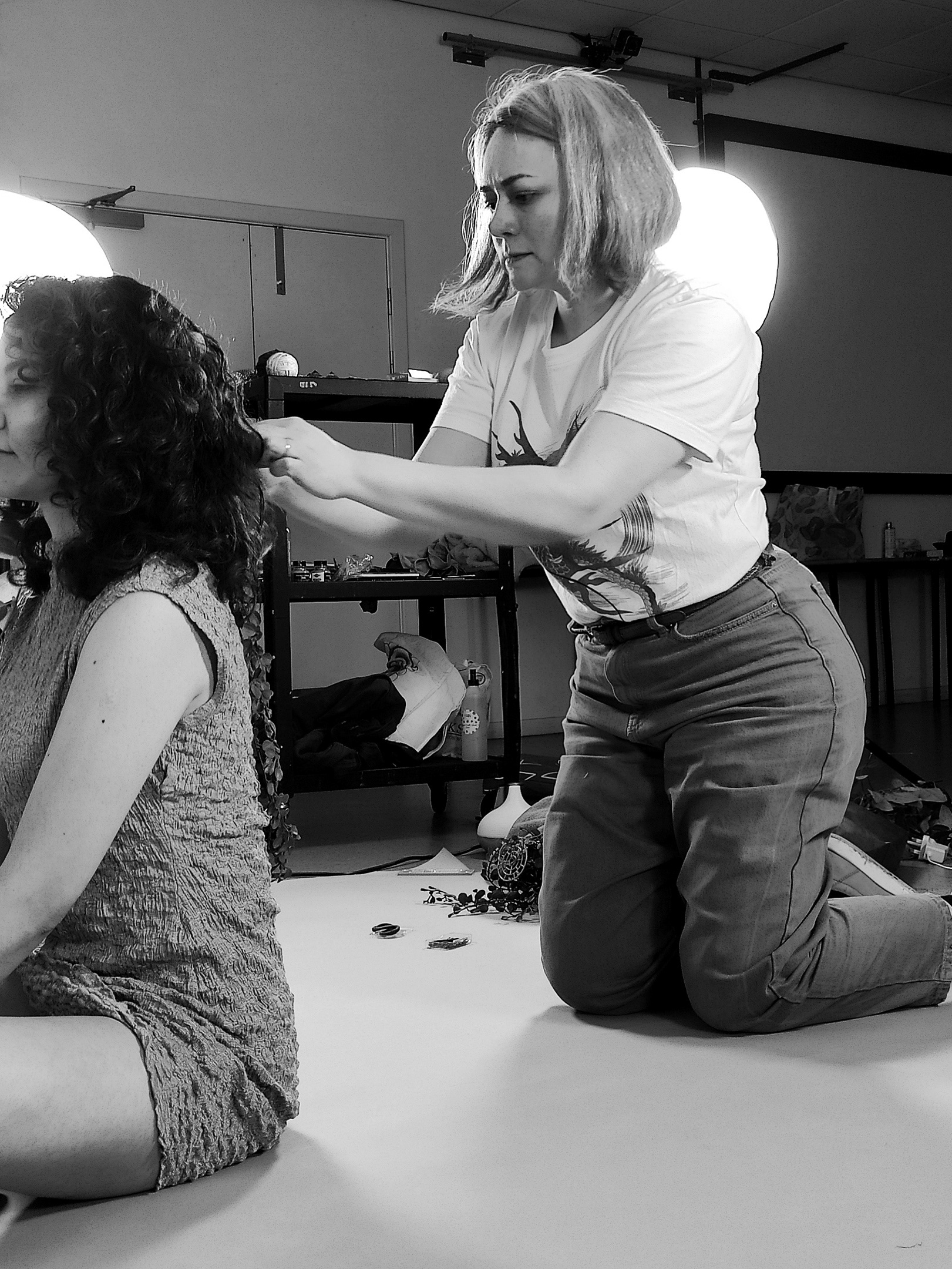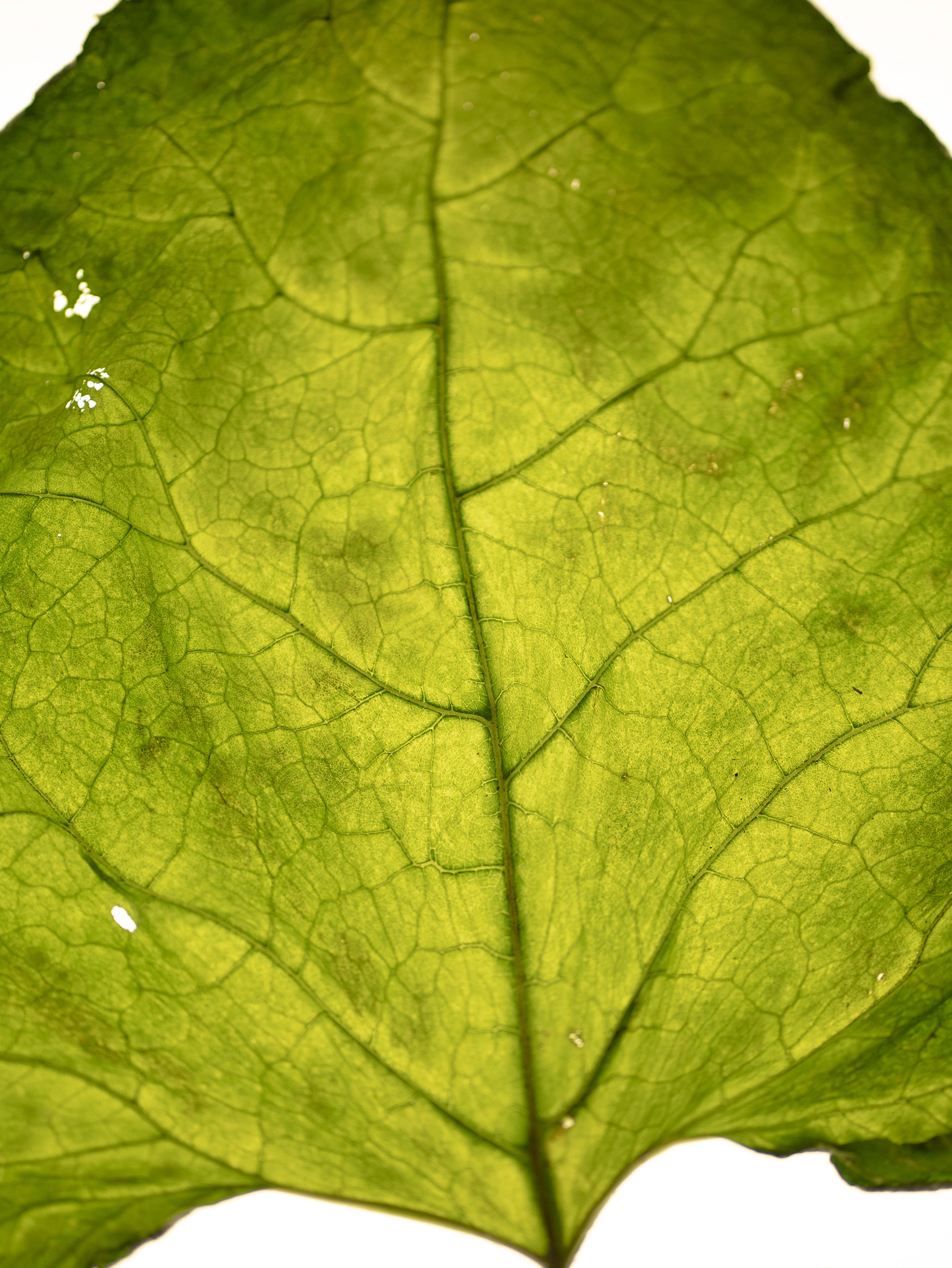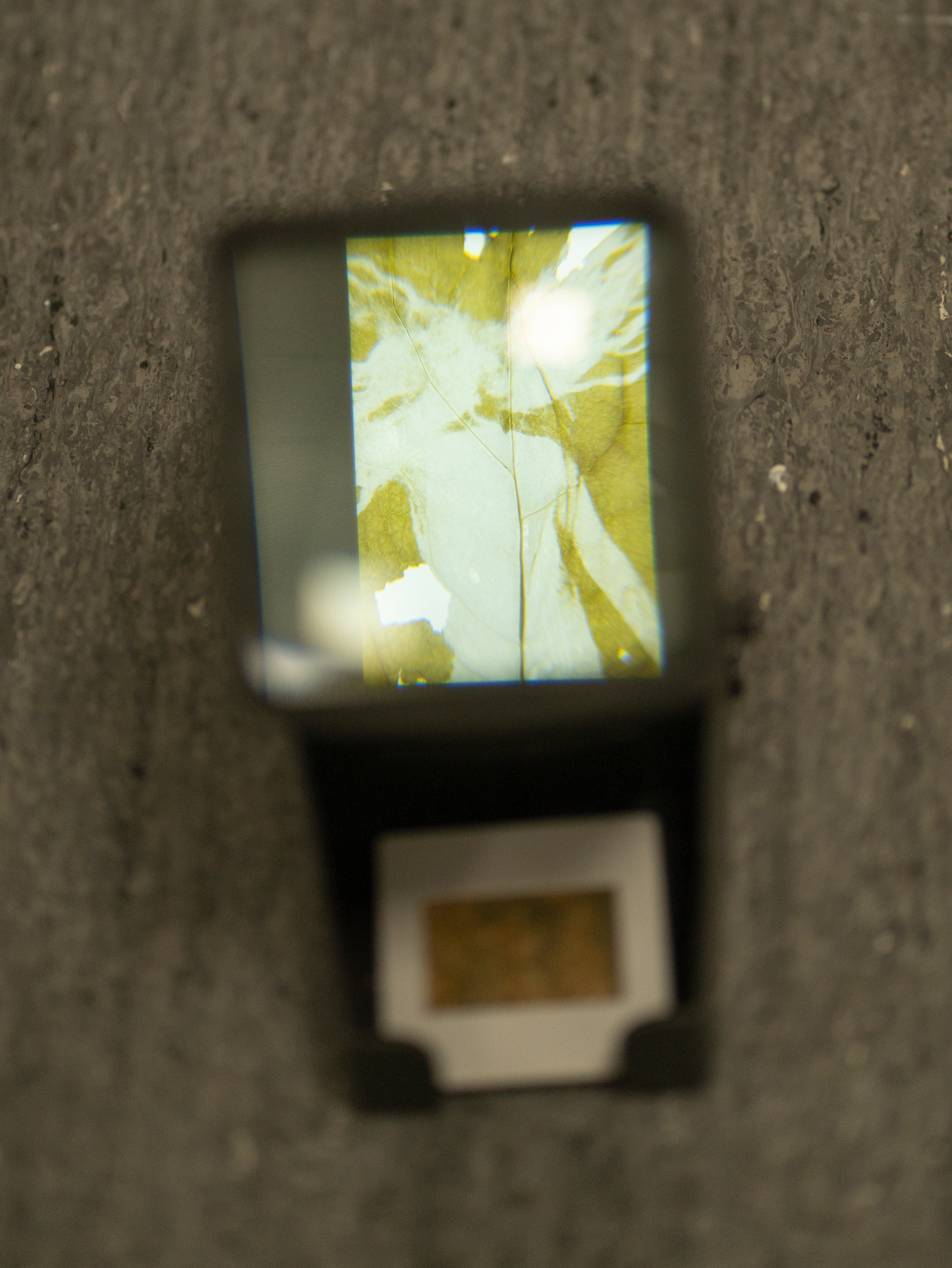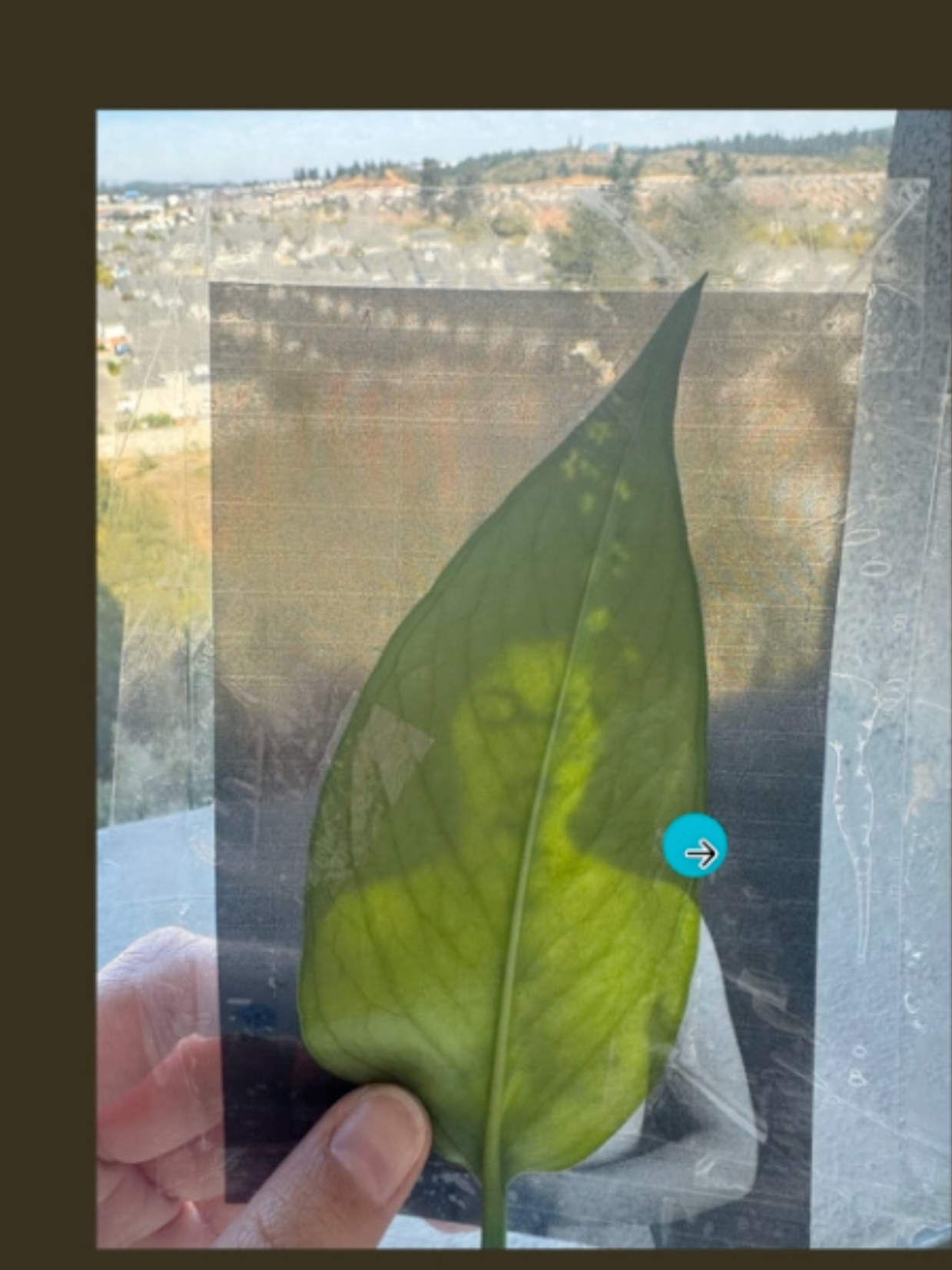I read "The Other Side" and "The mirror and the Palette" by Jennifer Higgie and attended a talk by her and other authors in London. The book recounts the life stories of various women artists from a past era, many of whom were wives and lovers of artists and thinkers. Their work was largely forgotten, primarily due to the patriarchal culture of the time that didn't consider women as knowledge bearers.
Most had an artistic production closely linked to the spiritual world, which led me to investigate the magical-scientific thinking of the Victorian era, from which most of these women came.
Coincidentally, the photographic records of the time were formally similar to the results of my leaf prints in terms of color and qualities. Exploring these connections, I discovered that many authors of the era represented the plant and natural world protected by fairies, animated beings, and spirits. However, this fairy imagery was far removed from that created by Disney. Rather, it represented feminine strength, power, abundance, and fertility – the care and connection that the feminine has as a role in ancient cultures.
I was reading and looking at the abstract paintings of Hilma Af Klimt, who depicted ideas of the abstract spiritual world and was connected with spiritualism and later with Rudolf Steiner and the Anthroposophical Society.
Hilla von Rebay, who was born into an aristocratic German family, eventually made her career in the United States with abstract art.
Georgiana Houghton, who produced abstract art in reference to the spiritual world, was a medium and in association with a photographer, she was doing what she called Spirit Photography, using double exposure, they created an imaginary where it was possible to portray spirits. Over time, logically, they were accused of fraud.
Anna Mary Howitt was a painter and writer, she used a technique created by her as a medium “Automatic Drawing”, where she painted images that came from a trance state.
Ithell Colquhoun, later in the Victorian era, stood out for her paintings closer to Surrealism, and was also interested in Automatism and the Esoteric.
Read more:
https://www.nms.ac.uk/discover-catalogue/inventors-of-photography-exploring-victorian-photographic-techniques
